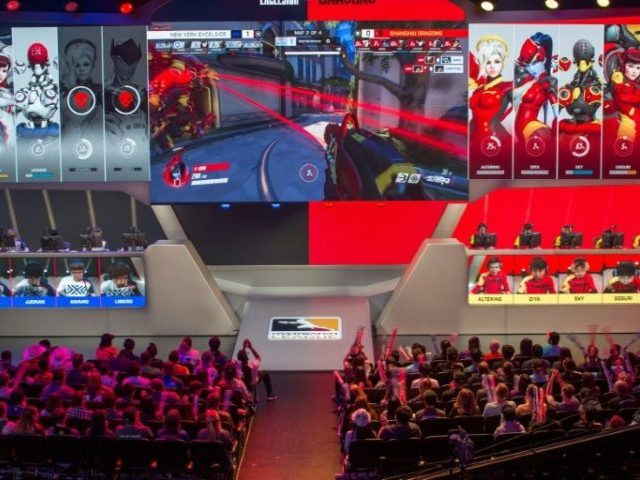The University of Akron announced this week that they are killing 80 degree programs in order to open a massive eSports facility.
The University of Akron’s Board of Trustees announced this week that the university would be shutting down 10 Ph.D. programs, 33 master’s programs, 20 bachelor’s programs, and 17 associate-degree programs. The board claims that the programs were chosen based on low enrollment. The degree programs included account for 20 percent of the university’s total offerings.
In the same week, the university announced that they were making way for a massive eSports facility that would cater to varsity, club, and recreational video game players. This fall, the University of Akron will have varsity teams that play Overwatch, League of Legends, Hearthstone, Counter-Strike: Global Offensive, and Rocket League.
The new eSports facilities will be situated in the existing student union, football stadium, and honors college building. The renovations will cost approximately $750,000. Additionally, the eSports program will cost $470,000 to operate annually.
The University of Akron is far from the first university to dive into the eSports space. In April 2017, the University of Utah announced that they would provide scholarships to students participating in its eSports program.
Another school, UC Irvine, was one of the first to dive into the eSports space. In a statement from the university’s then interim president, the school argued that eSports is the future of competition.
Esports is the future of competition. Period. It transcends language, geography, race, age, religion, gender identity, sexual orientation, physical ability and many other identities. In five years many more schools will official programs and more structure will be in place to regulate and provide guidance to schools. Esports also has a huge opportunity to learn from the successes and shortcomings of traditional sports and provide a model for collegiate competition in the 21st century.
This trend is likely to continue at schools not only around the nation, but around the world.

COMMENTS
Please let us know if you're having issues with commenting.